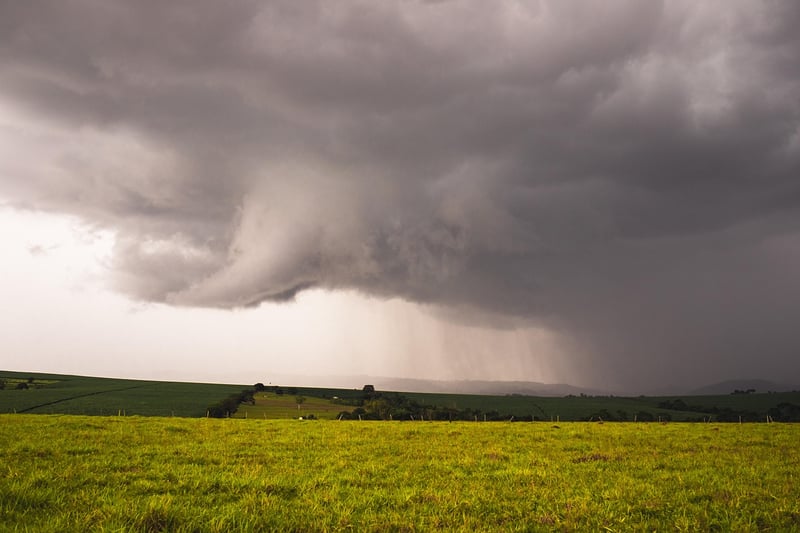Temporal Guidelines
Understanding Time Travel Rules and Temporal Guidelines
Time travel has long been a fascinating concept in science fiction, allowing for exciting adventures and mind-bending possibilities. However, to make sense of the chaos that time travel can introduce, certain rules and guidelines are often established within fictional universes. Let's explore some common time travel rules and temporal guidelines that help maintain consistency and coherence in these narratives.
1. The Grandfather Paradox
One of the most well-known time travel conundrums is the Grandfather Paradox. It posits a scenario where a time traveler goes back in time and prevents their grandfather from meeting their grandmother, resulting in the time traveler never being born. To avoid paradoxes like this, some stories introduce the idea of a fixed timeline where events cannot be altered, or they explore alternate timelines and parallel universes.
2. Butterfly Effect
The butterfly effect refers to the concept that small changes in the past can have significant and far-reaching consequences in the future. Time travelers are often warned not to make seemingly minor alterations to history, as these changes could lead to unpredictable outcomes and potentially catastrophic results.
3. Temporal Prime Directive
Similar to the Prime Directive in Star Trek, the Temporal Prime Directive is a rule that governs time travel activities to prevent interference with the natural flow of history. Time travelers are typically advised to observe and gather information without directly influencing historical events or altering the timeline.
4. Time Loops and Causal Loops
Time loops occur when an event is destined to repeat itself infinitely, trapping characters in a never-ending cycle. Causal loops, on the other hand, involve events that create themselves, with no discernible point of origin. These loops challenge the idea of cause and effect, highlighting the complexities of time travel narratives.
5. Multiverse Theory
Some stories embrace the concept of the multiverse, where every decision or action branches off into a new parallel universe. This theory allows for multiple timelines to coexist simultaneously, providing a framework for exploring diverse what-if scenarios and alternate realities.
By adhering to these time travel rules and temporal guidelines, storytellers can create compelling narratives that explore the intricacies of time manipulation while maintaining internal logic and coherence. Whether navigating the dangers of altering the past or unraveling the mysteries of parallel universes, time travel offers endless possibilities for imaginative storytelling.

For more information on time travel in fiction and the fascinating rules that govern temporal journeys, check out Time Travel in Fiction.
